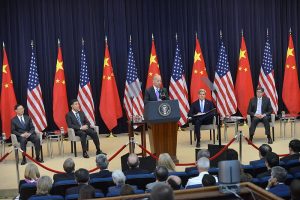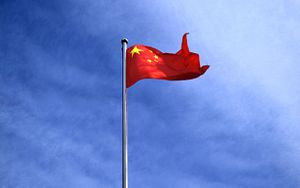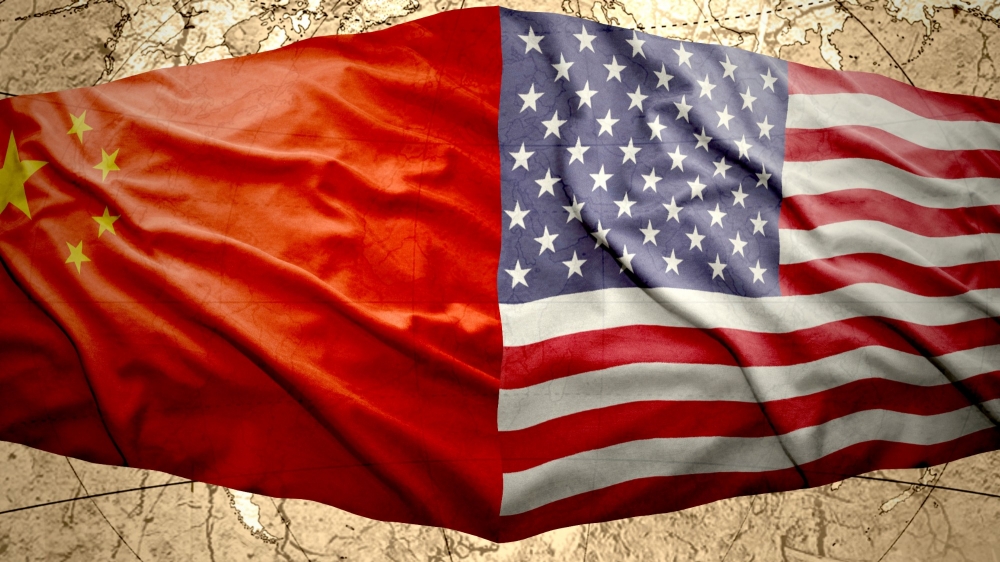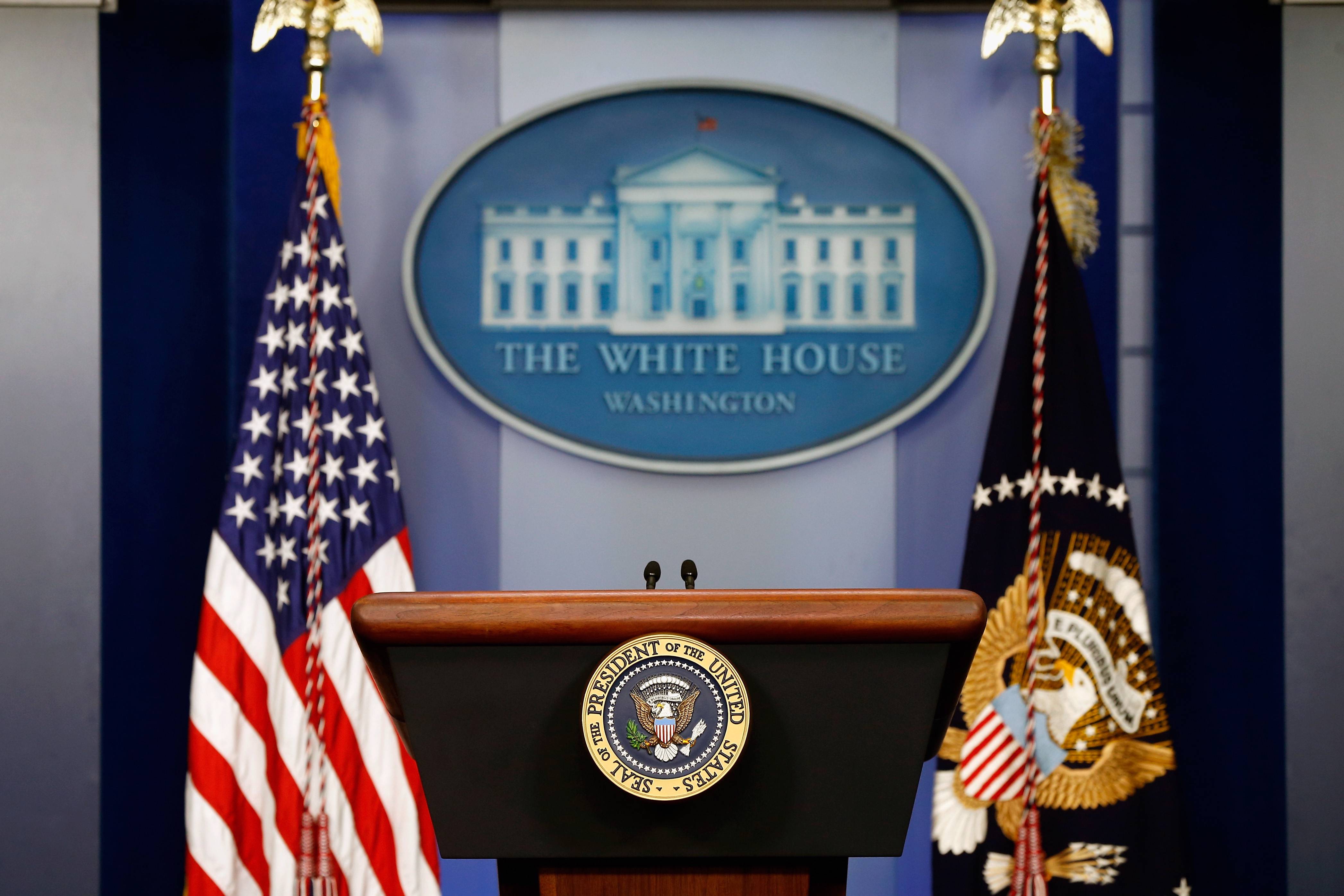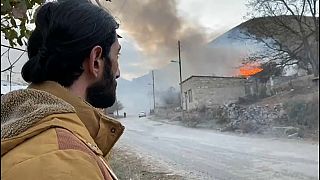By Rajat Dhawan
The coronavirus pandemic has had a serious effect on the lives and livelihoods of people in India. Daily counts of new confirmed COVID-19 cases and COVID-19 deaths have continued to rise, although lockdown measures imposed in late March helped slow the spread of the disease. As in other countries, these lockdown measures have curtailed economic activity and increased unemployment. McKinsey estimates that India’s GDP in the first quarter of the 2020–21 fiscal year could shrink by 20 percent, compared with the same quarter last year. The World Bank projects that full-year GDP will contract by more than 3 percent. India’s unemployment rate, which stood at 8.4 percent before the lockdown, rose to 27.1 percent in April.
The beginning of May saw the government cautiously lift certain restrictions so that some businesses could reopen. This helped bring the unemployment rate down to 24 percent by mid-May. And when McKinsey surveyed global executives on their economic views in early May, almost half of respondents in India said that they expect economic conditions in India to be substantially or moderately better in six months’ time.
Nevertheless, a sober, pragmatic outlook emerges from our discussions with dozens of CEOs and senior executives in recent weeks. Executives are planning for a prolonged economic downturn—and for an uncertain “next normal” that could follow an eventual recovery.
